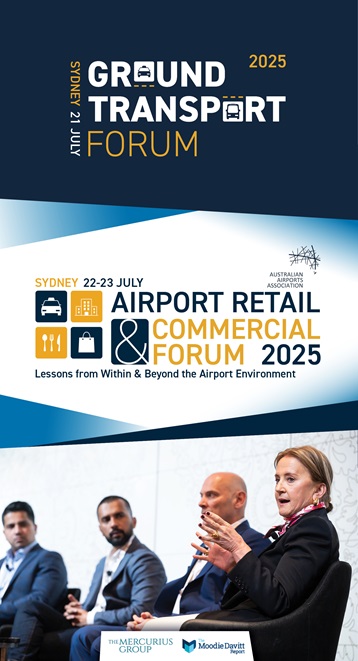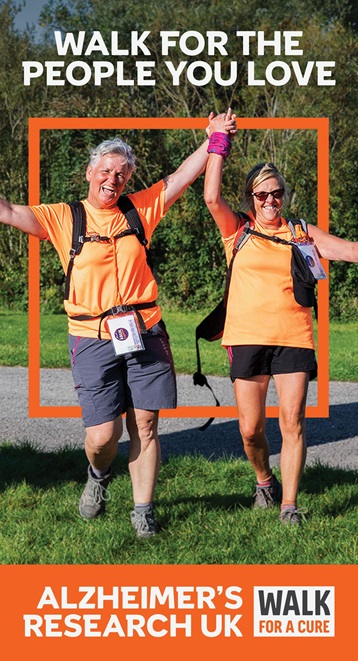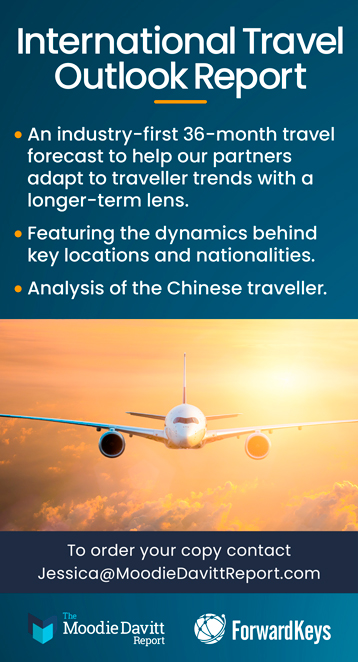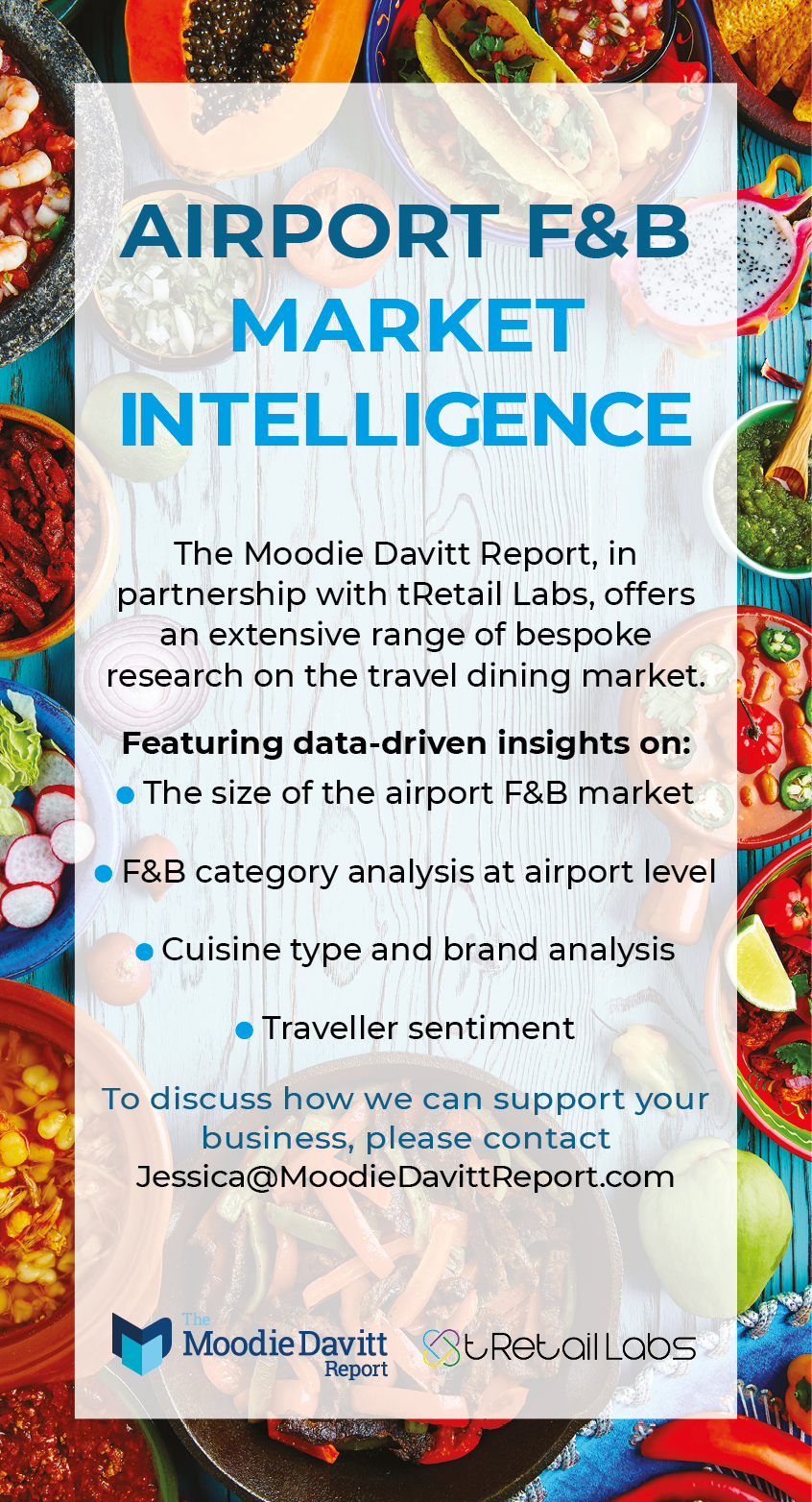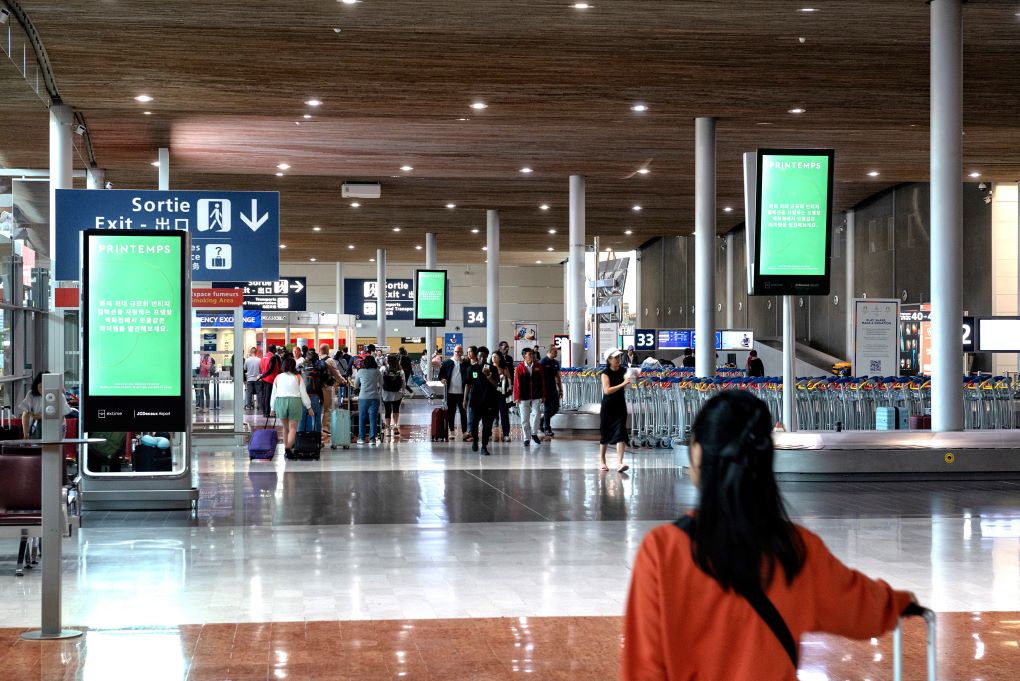UK/INTERNATIONAL. PSI, the travel-focused international division of out-of-home (OOH) and location marketing specialist Posterscope, has created the ‘Global Mobility Index’, which provides advertisers with an understanding of peoples’ movement in different countries.

“PSI’s bespoke dashboard will become a vital planning tool to help both agencies and brands navigate the data signals and understand where each market currently sits in their recovery phase”
Its purpose is to help advertisers adapt their international communication strategies. It is claimed to have particular pertinence for the COVID-19 era, at a time when the mobility of populations has been restricted and variable in an unprecedented manner.
Introducing the new index, PSI Managing Director Ben Milne said that for brands looking to re-enter the OOH advertising environment, “understanding audience levels and the right time to activate has never been so important”.
The PSI Global Mobility Index analyses data from several sources including Google and Oxford University, to track the increase in population mobility on a market by market level, and also to identify any sudden shifts in audiences.

The index monitors global visitor movement to, or time spent in, four main places (Airports, Retail, Transit and Workplace) and ranks countries accordingly.
Response, Recovery and Return
London-headquartered PSI cites the example of new Covid-19 cases reported in South Korea, where the government has instigated tighter restriction while mobility has continued to improve across retail, transit, and workplace. The company observes that while South Korea moves into the ‘Return phase’ of its domestic recovery, the country remains vigilant and ready to tighten restrictions where needed.
In response, PSI has created its ‘Journey to Recovery Planning’ framework, categorising markets and environments into three distinct phases – Response, Recovery and Return. Each requires a tailored approach to OOH, considering varied regulations, consumer need-states and the unique characteristics of advertiser categories and brands.
Milne added: “The introduction of government restrictions around the world is the main contributor affecting OOH mobility levels; but whilst restrictions are easing across the globe and mobility is generally increasing there is still considerable volatility on the journey to recovery with localised and more nuanced restrictions likely on the horizon.
“PSI’s bespoke dashboard will become a vital planning tool to help both agencies and brands navigate the data signals and understand where each market currently sits in their recovery phase.”







